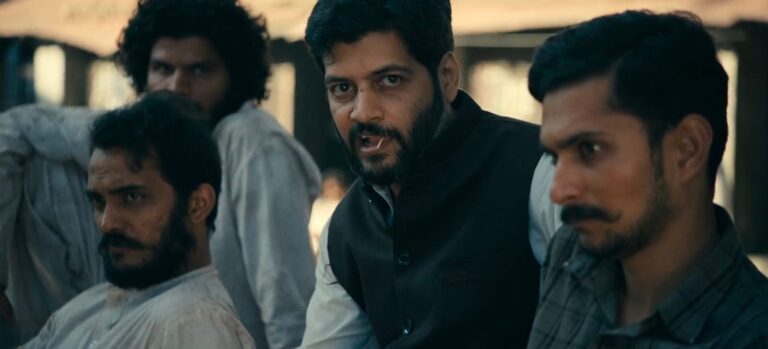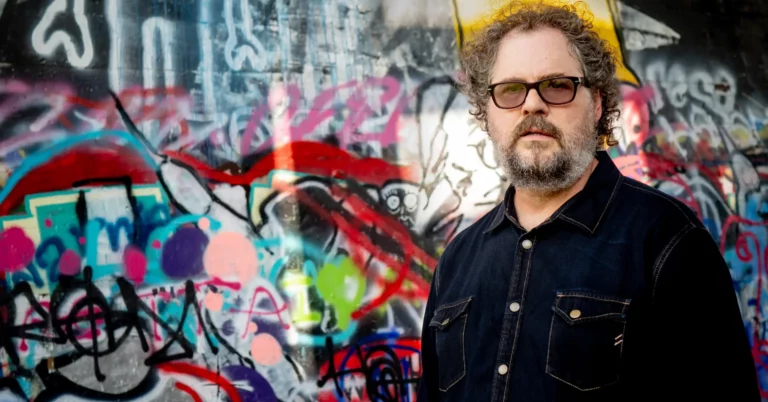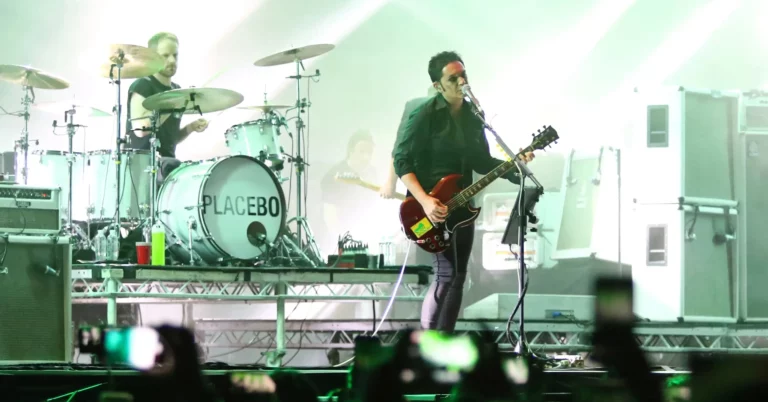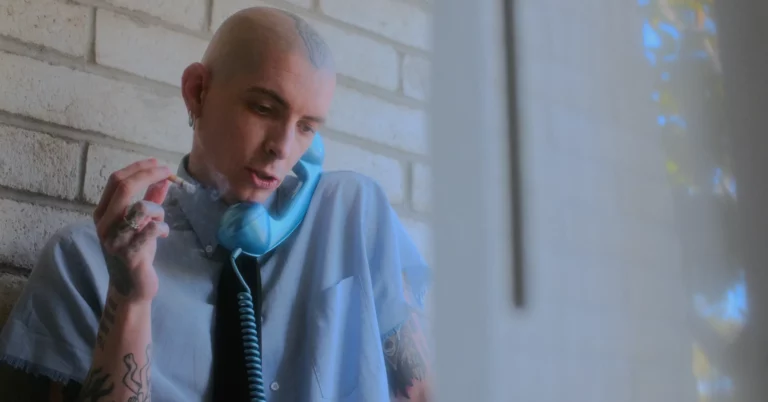The ability to speak Spanish opens doors to new markets and customer bases, particularly in the United States, where Spanish is the second most spoken language. With over 41 million native Spanish speakers and an additional 12 million bilingual speakers, the demand for Spanish-speaking professionals is at an all-time high. Companies looking to expand their customer base and improve communication with Spanish-speaking clients, employees, or partners will benefit significantly from employees who are fluent in Spanish.
Beyond the U.S., Spanish is the official language in 21 countries, making it a crucial asset for business owners seeking international opportunities. Whether you’re an entrepreneur, sales executive, or marketer, mastering Spanish conversation allows you to engage directly with Spanish-speaking consumers and stakeholders, reducing misunderstandings and fostering trust.
Gaining a Competitive Advantage in the Job Market
Employers across various industries highly value bilingual employees. Spanish proficiency can make your resume stand out, especially in sectors such as healthcare, law enforcement, customer service, and education. Many companies prefer or even require bilingual candidates to effectively serve their diverse clientele. As businesses increasingly prioritize inclusivity and communication, Spanish-speaking professionals gain a distinct advantage over monolingual candidates.
Additionally, government jobs and multinational corporations often seek employees who can communicate in Spanish. Knowing another language not only enhances your career prospects but also positions you as a more versatile and indispensable asset within any organization.
Strengthening Communication Skills and Cultural Awareness
Mastering Spanish goes beyond vocabulary and grammar—it equips you with enhanced communication skills. Learning to think and articulate ideas in another language improves cognitive flexibility, making it easier to navigate professional conversations, negotiations, and presentations.
Moreover, understanding the cultural nuances of Spanish-speaking countries fosters better relationships with colleagues, clients, and partners. Many cultural misunderstandings arise due to language barriers, and being able to communicate in Spanish can prevent costly misinterpretations. Having cultural competence in a globalized world is essential, and learning Spanish helps you build deeper connections across cultures.
Opening Opportunities in High-Demand Industries
Industries such as healthcare, education, finance, and international trade consistently seek professionals who speak Spanish. In the healthcare field, doctors, nurses, and medical staff who can communicate with Spanish-speaking patients provide better care and improve patient outcomes. Schools and universities require bilingual educators to teach language courses or support students from Spanish-speaking backgrounds.
Financial services and international business sectors also benefit from bilingual employees who can assist Spanish-speaking clients with banking, investments, and legal matters. The ability to communicate in Spanish helps businesses avoid language barriers and ensures smooth transactions.
Enhancing Travel and Networking Experiences
Business travel often involves meeting with partners, clients, or suppliers from Spanish-speaking countries. Understanding the language allows you to navigate social and professional situations more confidently, avoiding reliance on translators. Building rapport with Spanish-speaking professionals strengthens business relationships and may lead to new ventures, partnerships, or job opportunities.
Even if your work does not require frequent travel, industry conferences, trade shows, and networking events often bring together professionals from diverse linguistic backgrounds. Being able to speak Spanish at such events demonstrates your adaptability and broadens your professional network.
Increasing Cognitive Benefits and Problem-Solving Abilities
Bilingual individuals tend to have stronger problem-solving skills, memory retention, and mental agility. Studies show that learning a second language enhances brain function and delays cognitive decline. The process of mastering Spanish exercises your brain by challenging it to recognize patterns, analyze structures, and think critically.
These cognitive benefits extend to workplace problem-solving, allowing bilingual professionals to think outside the box, adapt to changing situations, and approach tasks from multiple perspectives. Strong analytical and decision-making skills are highly valued in any industry, making Spanish learners more competitive in their careers.
Improving Customer Service and Client Relations
In industries such as hospitality, retail, and customer service, speaking Spanish can significantly improve interactions with clients. Companies that cater to Spanish-speaking customers benefit from employees who can assist them in their native language, leading to better customer satisfaction and brand loyalty.
For entrepreneurs and small business owners, knowing Spanish allows for more personalized service and effective marketing campaigns tailored to Spanish-speaking audiences. Businesses that acknowledge and respect linguistic diversity often enjoy greater customer retention and engagement.
Enhancing Online and Digital Marketing Strategies
The digital landscape is becoming increasingly global, and businesses looking to expand their reach must consider multilingual marketing strategies. Spanish-language content—whether in the form of websites, social media, or email campaigns—connects with a vast audience of Spanish-speaking internet users.
Marketers fluent in Spanish can craft more authentic messages, avoiding cultural missteps and ensuring that their content resonates with native speakers. The ability to create bilingual marketing materials and communicate with Spanish-speaking customers via digital channels gives businesses a crucial advantage in an increasingly connected world. But most common Hispanic owned businesses also understand the importance of building relationships within their communities and providing personalized experiences to their customers, which can further enhance brand loyalty and drive sales. Additionally, these businesses often have a deep understanding of cultural nuances and preferences that can help them tailor their marketing strategies effectively.
Gaining an Edge in Entrepreneurship and Startups
Entrepreneurs looking to tap into the Spanish-speaking market have a distinct advantage when they can communicate fluently in Spanish. Whether you’re launching a startup, running an e-commerce business, or expanding a local business to a wider audience, language proficiency helps you connect with suppliers, partners, and customers.
Understanding Spanish-speaking cultures also provides insights into consumer behavior and preferences, allowing business owners to tailor their offerings and marketing strategies accordingly. Aspiring entrepreneurs can access new business opportunities by fostering relationships within Spanish-speaking communities and leveraging language skills to differentiate themselves in competitive industries.
Learning Spanish Has Never Been More Accessible
With today’s technology, learning Spanish is easier than ever. Online resources, language exchange programs, and structured courses make it possible to master Spanish from anywhere. Whether you prefer interactive apps, virtual classrooms, or traditional textbooks, a variety of methods cater to different learning styles.
For those looking for structured guidance, Spanish Lessons offer tailored learning experiences designed to help professionals develop practical language skills. Investing in Spanish proficiency is an investment in career growth, professional development, and business success.
Mastering Spanish not only enhances job prospects and business opportunities but also strengthens cognitive abilities and cross-cultural understanding. In an increasingly interconnected world, bilingualism is a valuable asset that sets professionals apart, making Spanish one of the most rewarding languages to learn for career and business advancement.










